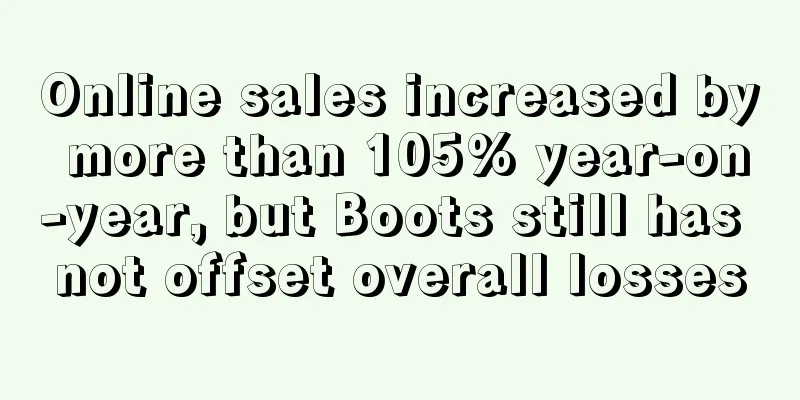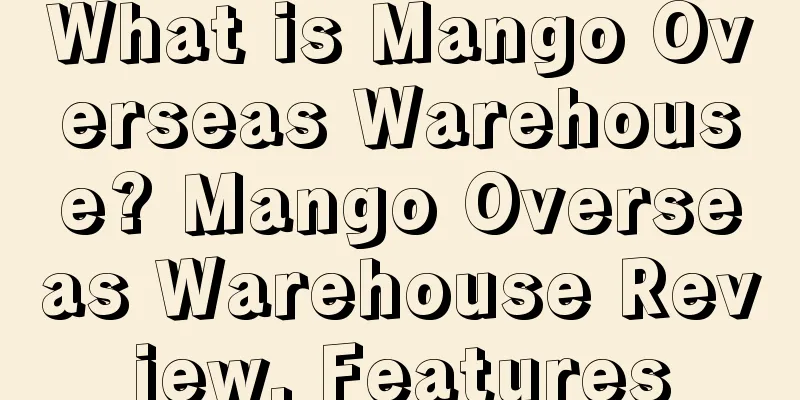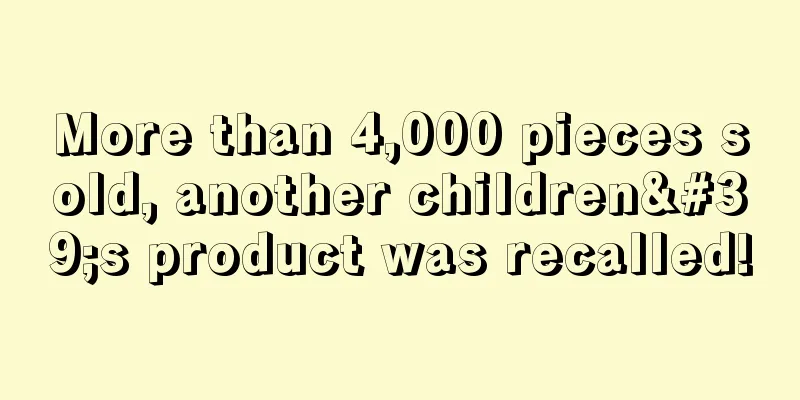GMV reached $158.8 billion, and private brands occupied the largest market share in the United States

|
Private label brands saw double-digit sales growth and strong unit volumes in 2020 as the COVID-19 pandemic lifted grocery sales, the Private Label Manufacturers Association ( PLMA) said recently. But store brands’ market share remained stable as national brands gained ground.
99% of American households buy private label brands
Data shows that private label sales in the United States totaled $158.8 billion in 2020, up 11.6% from $142.3 billion in 2019. National brands grew slightly, from $587.4 billion the previous year to $657.2 billion in 2020, an increase of 11.9%.
Despite the dramatic changes brought on by the coronavirus crisis, private label brands still account for about one-third of every four consumer packaged goods (CPG) items sold in these retail channels and about one-fifth of every five dollars spent.
So far in 2020, COVID- related retail impacts have ranged from panic buying by shoppers in the early months (leading to ongoing supply chain disruptions in high-demand categories) to socially distanced in-store shopping and a near doubling of year-over-year online sales.
Survey data shows that 99% of American households purchased private labels last year . Nationwide lockdowns and restaurant closures have also triggered a major shift in consumer purchases from food services to grocery stores as Americans adjust their lifestyles to remote schools and workplaces.
Paper products are the highest-selling category
Across all retail channels, household paper and plastics became the largest private label category in 2020, reaching $10.7 billion, or 37.4% of the total category, largely due to the increased use of toilet paper , paper towels , napkins , facial tissue, and disposable plates , cups, and utensils during the early stages of the COVID-19 pandemic .
In 2020, store brands will account for 23% of all grocery dollars and 25% of units sold, including sales from retailers not captured in point-of-sale scanning data. Those figures also include about $40 billion in private-label sales from shoppers at leading clubs, discounters and other retailers with extensive private-label programs.
In general, the habits of American consumers have also changed with the COVID-19 pandemic. Private brands are becoming more and more popular among consumers, and sellers also need to pay close attention.
GMV Private Label market share |
>>: American Eagle Q1 sales to exceed $1 billion
Recommend
What is Rsocks? Rsocks Review, Features
Rsocks was founded in 2016 and focuses on proxy l...
The couple made 1.78 million in three years, just by selling T-shirts
In the United States, in addition to Amazon, a ni...
What is Bestek? Bestek Review, Features
Bestek is a self-owned brand of Bestek Group, whi...
What is Tradebyte? Tradebyte Review, Features
Tradebyte connects the highest turnover retailers...
What is FeedbackFive
FeedbackFive focuses on helping sellers manage bu...
A sharp increase of 306.68%! Cross-border sales brought in 20 million yuan in profits
2020 is an extraordinary year, and it is also a y...
Peak season arrives, Australian parcels surge, fashion items are most popular
Australia Post CEO Paul Graham has warned online ...
Beware! Oreo sues Indian biscuit company, sellers should pay attention to this kind of infringement
The maker of Oreo biscuits has filed a case again...
Product infringement defendant, multiple platform sellers collectively respond to rogue law firm lawsuit
Recently, a seller reported to Yien.com that a la...
What is Xiaomi Cloud Warehouse? Xiaomi Cloud Warehouse Review, Features
Xiaomi Cloud Warehouse is a warehousing and shippi...
Another category of products has been removed from the shelves in batches!
Peak season scanning seems to have become a law o...
DSK online sales up 120%! Demand for home fragrances on the rise in Australia
Australian home fragrance retailer Dusk Group ( D...
What is Negoziando? Negoziando Review, Features
Negoziando is the integrated solution developed b...
Amazon's first autumn promotion was a disappointment. Sellers: It was far worse than the summer promotion
Sellers are eager to try out this autumn promotio...
What is Beijing Cheetah Network Technology Co., Ltd.? Beijing Cheetah Network Technology Co., Ltd. Review, Features
Cheetah Mobile is committed to "making life ...









